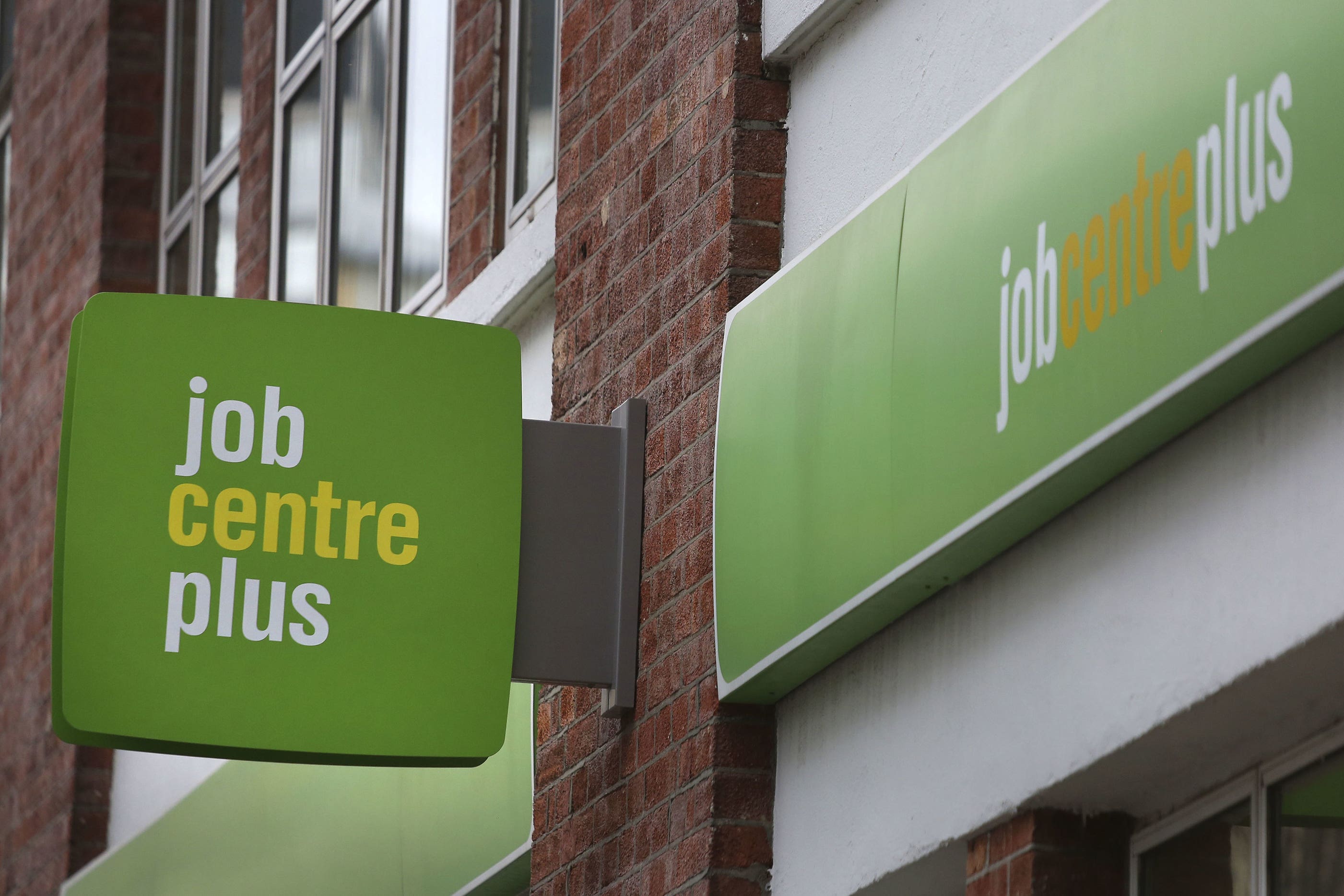Jobs market cools as wage growth slows and unemployment rate rises
The figures come after official data last month confirmed the UK fell into recession in the final six months of 2023.

Your support helps us to tell the story
From reproductive rights to climate change to Big Tech, The Independent is on the ground when the story is developing. Whether it's investigating the financials of Elon Musk's pro-Trump PAC or producing our latest documentary, 'The A Word', which shines a light on the American women fighting for reproductive rights, we know how important it is to parse out the facts from the messaging.
At such a critical moment in US history, we need reporters on the ground. Your donation allows us to keep sending journalists to speak to both sides of the story.
The Independent is trusted by Americans across the entire political spectrum. And unlike many other quality news outlets, we choose not to lock Americans out of our reporting and analysis with paywalls. We believe quality journalism should be available to everyone, paid for by those who can afford it.
Your support makes all the difference.Wage growth has eased back once again as Britain’s unemployment rate ticked up in a sign of a cooling jobs market after the UK slipped into recession.
The Office for National Statistics (ONS) said average regular pay growth, excluding bonuses, fell to 6.1% in the quarter to January, down from 6.2% in the three months to December and marking the slowest growth for more than a year.
When taking Consumer Prices Index (CPI) inflation into account, real regular wages rose by 2%, which is the highest since the summer of 2019, excluding the pandemic-skewed years.
The ONS said the UK rate of unemployment lifted unexpectedly to 3.9% in the three months to January from 3.8% in the previous three months while vacancies fell by 43,000 quarter on quarter in the three months to February to 908,000 – the 20th drop in a row.
Most economists had expected the jobless rate to remain at 3.8% and for wage growth to remain at 6.2%.
It comes after official data last month confirmed the UK fell into recession at the end of last year after output fell for two quarters in a row.
Data on Wednesday will show how the economy fared in January amid expectations the recession will prove short-lived.
But experts said the unemployment data confirmed a weakening jobs market.
The ONS cautioned the data should still be “treated with additional caution” as it continues to overhaul its labour force survey due to low response rates, with the full revamped version not due to be introduced until September.
Liz McKeown, ONS director of economic statistics, said: “Recent trends in the jobs market are continuing, with earnings, in cash terms, growing more slowly than recently but, thanks to lower inflation, real-terms pay continues to increase.
“The number of job vacancies has also been falling for coming up to two years, though the total remains more than 100,000 above its pre-pandemic level.”
The figures also revealed more than a fifth of adults in the UK – 9.25 million – are not actively looking for work, with the so-called inactivity rate increasing year on year to 21.8%.
More timely data estimated that the number of workers on payrolls rose by 20,000 between January and February to 30.4 million, although this is subject to revision.
Chancellor Jeremy Hunt insisted the Government’s “plan is working”.
He said: “Even with inflation falling, real wages have risen for the seventh month in a row.
“Take-home pay is set for another boost thanks to our cuts to national insurance which, in total, are putting over £900 a year back into the average earner’s pocket.”
The figures show there were 203,000 working days lost because of labour disputes across the UK in January, with the health and social work industry impacted the most.
Economists said the further easing back of UK wage growth reinforces expectations that the Bank of England will look to cut interest rates.
The Bank has been keeping a close eye on wage data in particular in its bid to bring high inflation back to target.
However, the national living wage will rise from £10.42 an hour to £11.44 from April, benefiting nearly three million people, which may boost consumer spending but also hamper progress on bringing inflation back to the Bank of England’s 2% goal.
Rob Wood, of Pantheon Macroeconomics, said: “We don’t think the surprises are large enough to cause a major change in the Bank’s Monetary Policy Committee (MPC) guidance at their meeting next week, but the data will give the MPC a little extra confidence that they can cut rates in the summer.
“We expect the first Bank rate cut in June and today’s data reduce the risks of that cut being delayed until August a little.”